Farnborough 2016
David Oliver
A deluge that flooded exhibition halls, caused power cuts and the cancellation of the flying display hit the first day of Farnborough International Airshow 2016. It was not a good start to the United Kingdom’s aerospace shop window only days after the country voted for Brexit. With its economy under threat, there had been warning’s that the United Kingdom would suffer a backlash with contract delays, and uncertainty about the future but at Farnborough it was very much business as usual.
Although the United States was the main beneficiary of large contracts for military aircraft, including the P-8 Poseidon maritime surveillance aircraft and AH-64E helicopter for the UK Ministry of Defence (MoD), and the Lockheed Martin F-35 was the star of the flying display, European aerospace companies were well represented.
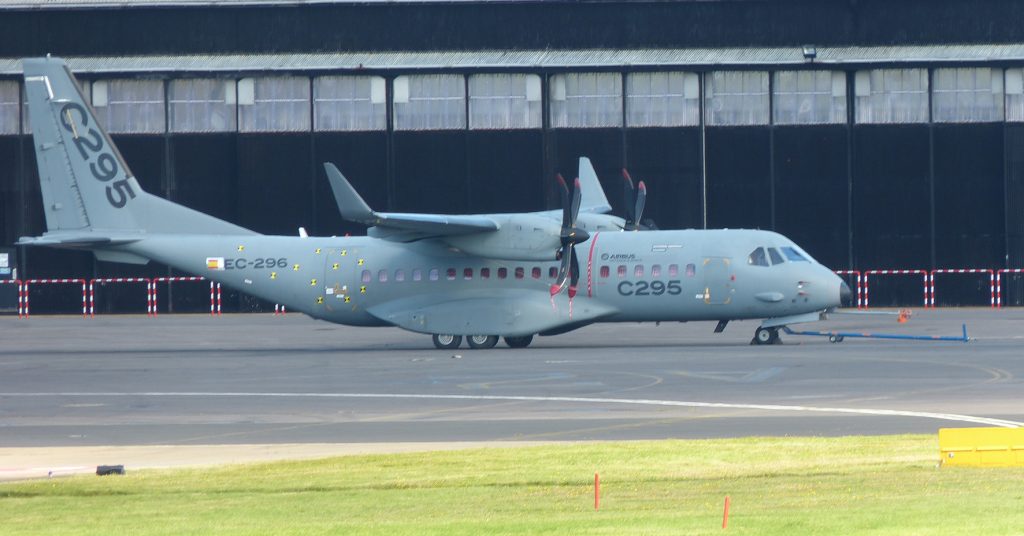
Airbus Defence and Space was awarded three contracts from the UK MoD to provide three additional military aircraft with its cryptographic key management technology. These follow previous contract wins for both the Royal Air Force Eurofighter Typhoon and Airbus A400M Atlas.
The Local Key Management System (LKMS) technology will be supplied to the RAF F-35 Lightning II fifth generation fighter aircraft programme, the RAF Voyager multi-role tanker transport programme which provides the Royal Air Force (RAF) and the C-130J Hercules which provides the RAF with Tactical Air Transport (TacAT). The UK MoD has taken delivery of four of the F-35B variant, the short take off/vertical landing design planned for use with the Queen Elizabeth-Class aircraft carriers. An additional four F-35B aircraft are scheduled to be delivered this year as part of a programme to equip the RN and RAF with the aircraft. There are currently 14 Voyager Aircraft in service with the RAF and 25 C-130J Hercules.
Developed by Airbus’s team of cryptography experts at its facility in Newport, South Wales, the LKMS technology receives, translates and packages cryptographic keys so that they can be loaded using a single fill gun into the End Crypto Units (ECUs) on the aircraft before every mission. This enables quicker turn-around times and re-profiling for new missions, thus improving the overall efficiency and effectiveness of airborne operations.
The LKMS provides increased flexibility and permits prolonged out-of-area operation through the ability to store and distribute multiple cryptographic keys. It also provides the highest protection for encrypted data – preventing data compromise that could threaten the safety and security of an aircraft mission.
Despite the acknowledged problems with the gearbox and helicopter refueling capability of the A400M, the airlifter gave it usual spirited flying display at Farnborough. Airbus also took the opportunity of announcing that it has conducted intensive paratrooping trials of the A400M at the Tarbes drop zone in southern France and certification of this capability was expected imminently. Continuing trials will move towards airdrops of 40 paratroopers and beyond as the capability is demonstrated in flight- tests.
Two Airbus C295W aircraft, one from the Portuguese Air Force and one featuring air-to-air refuelling (AAR) equipment for the first time, were displayed at Farnborough where Airbus Defence and Space and Roketsan Missiles Industries of Turkey signed a MOU to integrate a range of weapon systems on the C295W surveillance and transport aircraft.
Under the terms of the agreement the companies will collaborate on the design aspects, integration and initial testing phases of a variety of weapons from Roketsan’s existing product range which include the 70mm laser- guided CIRIT missile; the laser-guided long-range LUMTAS anti-tank missile and laser- guided TEBER bomb.
The joint activity will begin in the coming months and will eventually lead to weapons carriage and release trials using Airbus Defence and Space’s development aircraft.
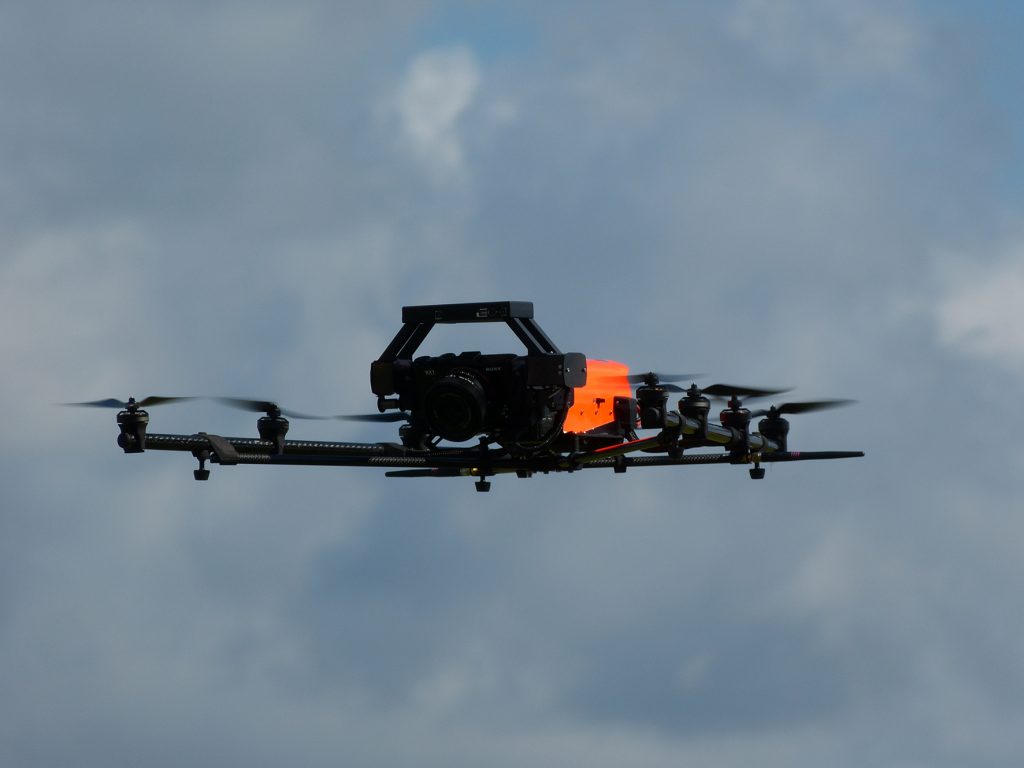
Airbus also demonstrated aircraft visual inspection using a drone. Using a hexa-rotor drone manufactured by the German company Ascending Technologies GmbH equipped with a high definition camera, it was flown using an automatic flight control system supervised by a human pilot. Following a predetermined flight path the drone takes a series of photographs of the exterior of a military or commercial aircraft to identify any damage or wear Data acquisition by the drone takes only 10 to 15 minutes in all weather conditions compared with two hours by conventional methods.
Thales with the UK company QinetiQ and Textron AirLand announced a collaboration that will bid for the UK MoD’s upcoming Air Support to Defence Operational Training (ASDOT) programme. The operational training activities that will comprise the ASDOT programme are currently fulfilled by a number of providers, both military and civilian. The Thales/QinetiQ/Textron team will propose an innovative, cost effective, technologically advanced reliable managed service using the Textron AirLand Scorpion jet equipped with Thales and QinetiQ sensors to provide a broad spectrum of training for all three UK armed services. The competitive contract, expected to be awarded in September 2018 with a service delivery start in Jan 2020, is anticipated to be worth up to £1.2bn over 15 years.
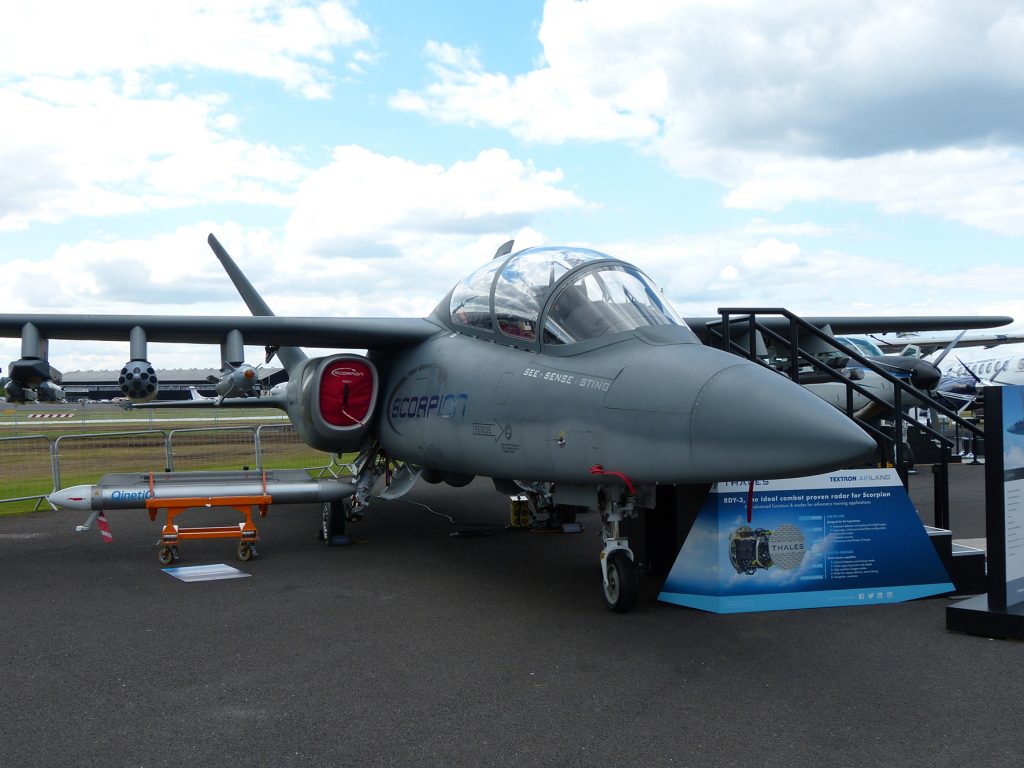
In addition to QinetiQ Thales, Inzpire was another UK company to sign an MOU with Thales to enhance its simulated training by integrating its Air Mission Training System with Inzpire’s operational knowledge and experience. The Inzpire team has over 130,000 hours of military fast-jet and combat helicopter experience from operations in Afghanistan, the Balkans, Libya, Iraq and beyond, putting it in the forefront of collective training in the synthetic environment.
At Farnborough Thales announced that its Scorpion helmet-mounted sight and display (HMSD) had been selected for Engineering, Manufacturing and Development (EMD) for South Korean Light Armed Helicopter (LAH) being manufactures by Korea Aerospace Industries (KAI) and to equip after completion on LAH EMD. Thales will provide 400 HMSD Scorpion HMSDs for delivery at the beginning of the 2020s.
The Scorpion head tracking system is Hybrid Optical based Inertial Tracking (HObIT) provides highly accurate, reliable, and non-intrusive cockpit integration. The only full colour display on the market using a single display for day and night, pilot can operate a smooth transition from day mode to night. Scorpion is fully compatible with all standard Night Vision Googles (NVG). Conformal and colour symbology is now always available by day and night on an unlimited field of regard. Any standard video will be also available at anytime.
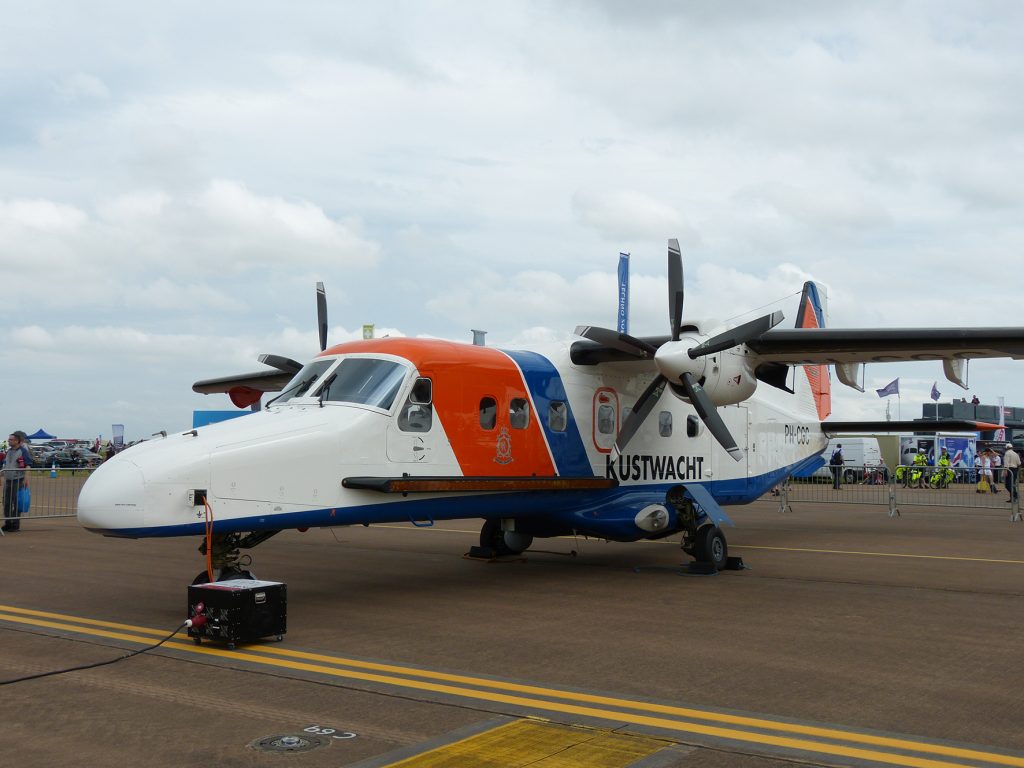
RUAG’s extensive aerospace portfolio covers support and upgrades for the Swiss Air Force’s fleets of F/A-18 and F-5E combat aircraft, and AS332M1 Super Pumas and AS532UL Cougar helicopters, the manufacture of the Pilatus PC-21 turbo trainer and components for the Dassault Rafale and Saab Gripen. Its RUAG Aviation’s Oberpfaffenhofen facility is producing the Dornier 228NG 19-seat turboprop passenger/cargo aircraft that has sold to UK and Japanese regional airlines, and the Venezuelan Air Force. Having recently received FAA certification it is confident of breaking into the US market while RUAG is offering the 228NG in the military special missions roles.
A European aerospace company that has achieved a great deal of success in the special missions market is Austria’s Diamond Aircraft Industries. Its small twin-engine DA-42 has proved to be an ideal low cost intelligence, surveillance and reconnaissance (ISR) aircraft that is in service with several air forces. A new variant of the DA-42 was launched at Farnborough, the Pandion equipped with cameras, radar and sitcom antenna is aimed at the coastal patrol and fisheries protection roles. Diamond also chose Farnborough for the public debut for its single-engine
Diamond Aircraft Reconnaissance Trainer (DART)-450, a tandem, two-seat civilian and military trainer with a sidestick and pneumatic ejection seats which made its first flight on 17 May 2016. The fully aerobatic trainer is powered by a Ivchenko-Progress/Motor Sich AI-450S turboprop engine. As with all Diamond’s aircraft, the all-composite construction of the Dart saves weight and maintenance costs.
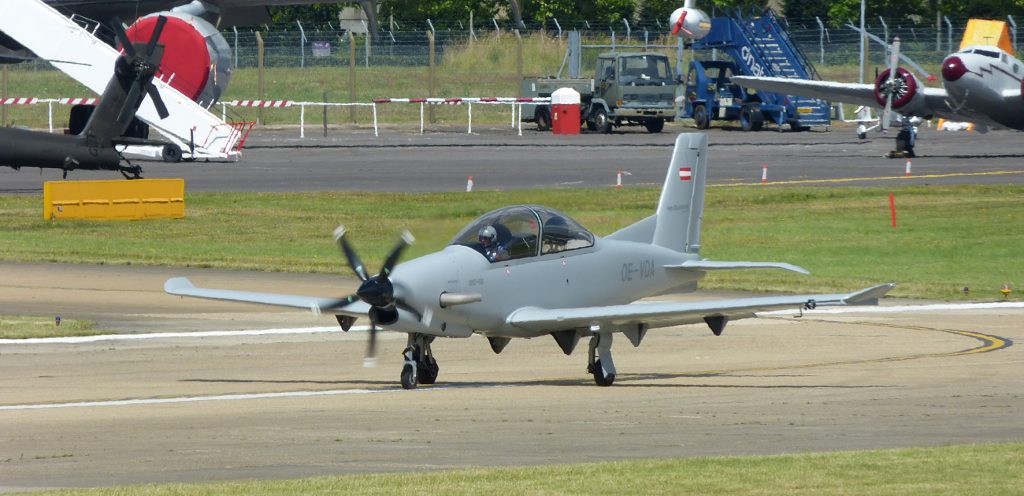
The Dart Project Leader, Clemens Knappert told EDR that the Dart had completed 90 hours of flight testing prior to its appearance at Farnborough and a second prototype will fly in September with civil certification scheduled fro early 2018.
Another important debutant at Farnborough 2016 was the Embraer KC-390 tanker-transport aircraft. Designed as a C-130 replacement, the twin-jet KC-390 draws on Embraer’s wealth of experience in producing more than 1,000 regional jet aircraft. Since the start of the flight test campaign, on 26 October 2015, the KC-390 prototype has presented a very high availability, logging 320 flight hours accumulated in only eight months.
Embraer has recently performed the initial cargo airdrop and paratroops assessment as well as the rear ramp, cargo door and paratroops door operation. The programme has already covered the full flight envelope of the aircraft reaching cruise speed of Mach .80 and operational ceiling of 36.000 feet, performing daily flights. Other milestones achieved have included the fly-by-wire (FBW) flight control system, sidesticks linked and active, complete flap and slat configuration tests, as well as inflight shutdown and restart of the IAE V2500 turbofan engines and APU.
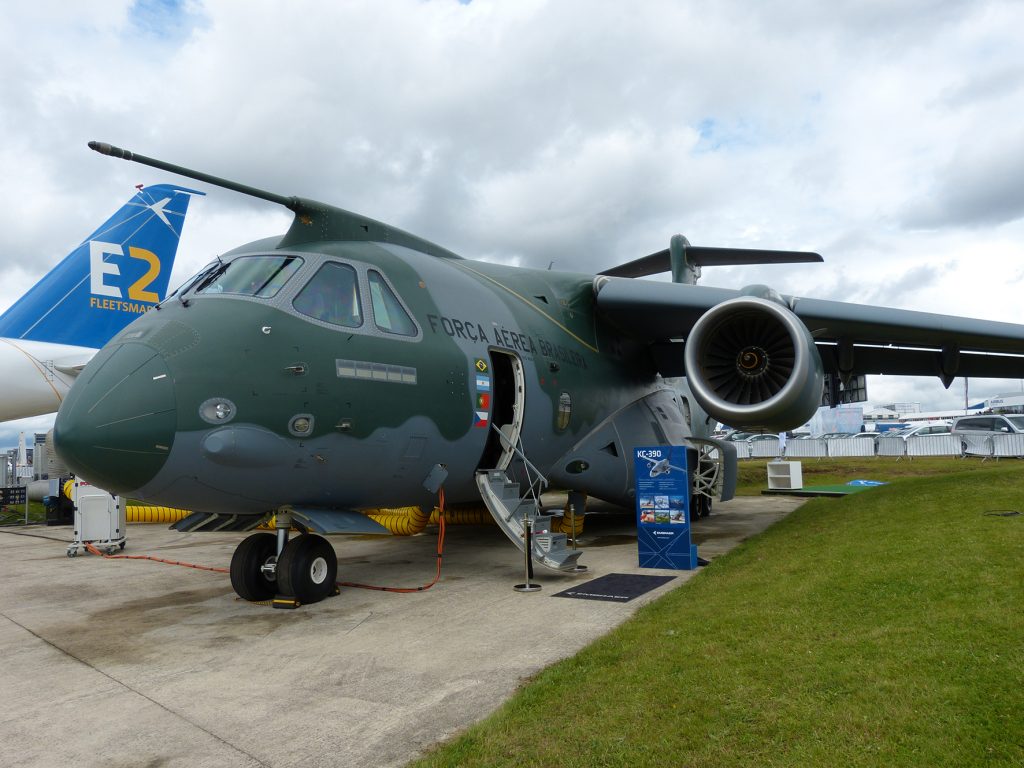
Airdrop tests, including cargo and paratrooper evaluation from both the rear ramp and the side door, have been successfully conducted in the Mato Grosse region, and the aerial refueling hose stability tested from the Cobham 912E wing-mounted pods. Helicopter refueling trials will begin next year. In addition to two static test aircraft, the second prototype made its first flight on 3 May and has joined the flight test campaign that is expected to last around two years. Embraer expects to receive certification of the KC-390 jet by the end of 2017 with delivery of the first of 28 aircraft ordered for the Brazilian Air Force (FAB) in early 2018.
There is a large content of European-built components in the KC-390 with the central fuselage, sponsons, elevators, horizontal stabilizer and wing skins produced in Portugal by OMGA and Embraer Portugal, while the Czech Republic company Aerovodochody is responsible for the design, development and production of the wing fixed leading edge and the production of the rear fuselage, all cabin doors and the cargo ramp.
The KC-390 will visit several European, Middle East and African countries before returning to Brazil.
